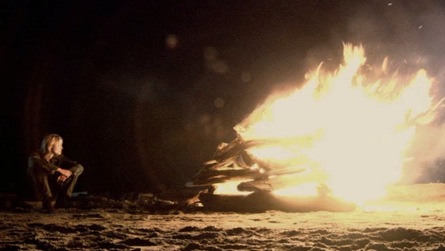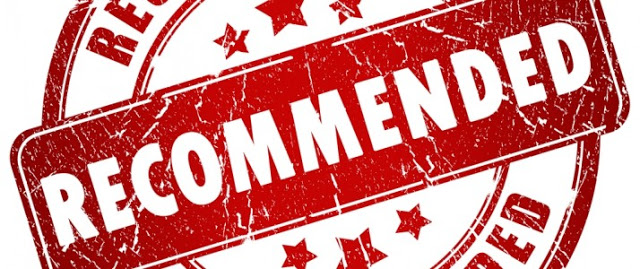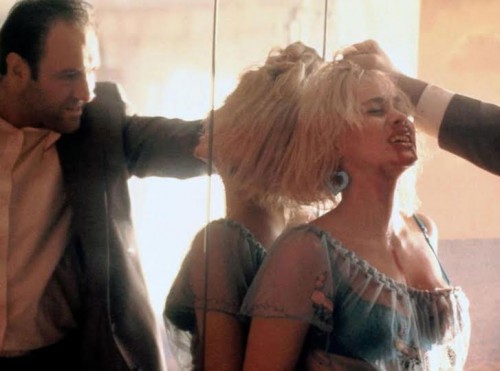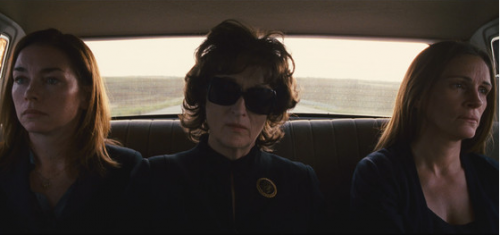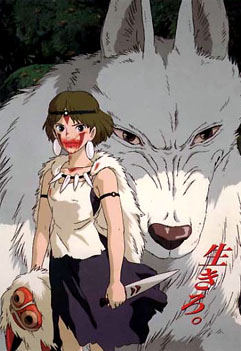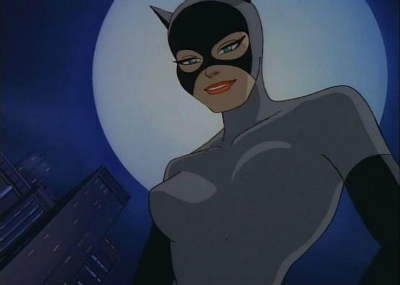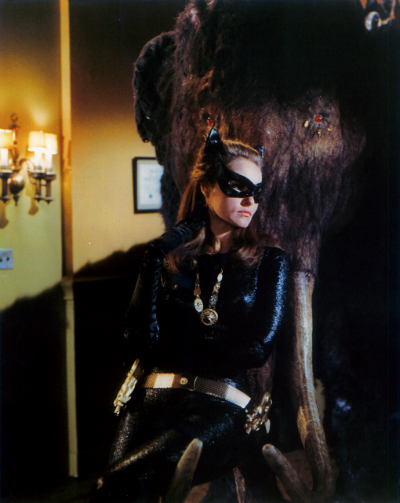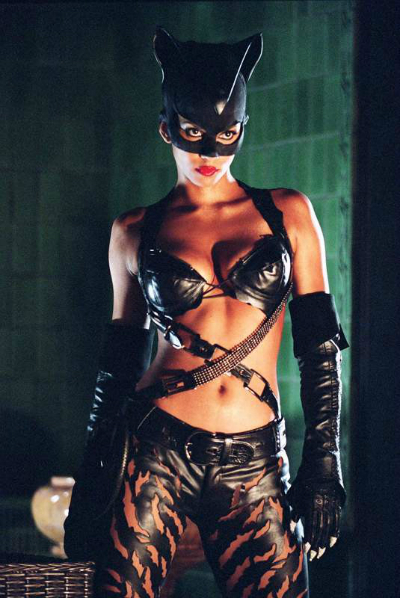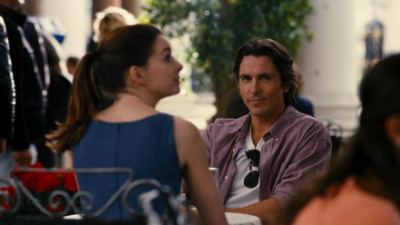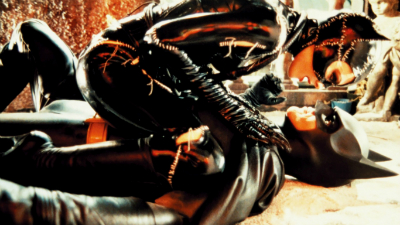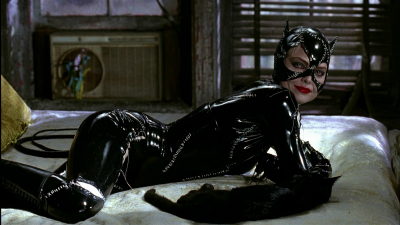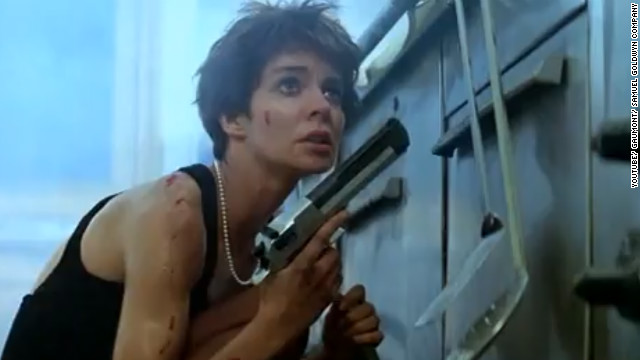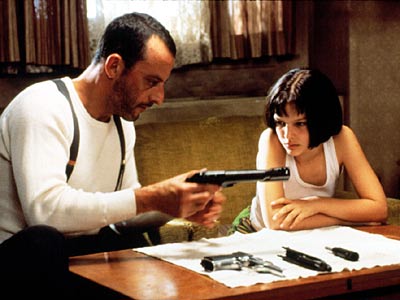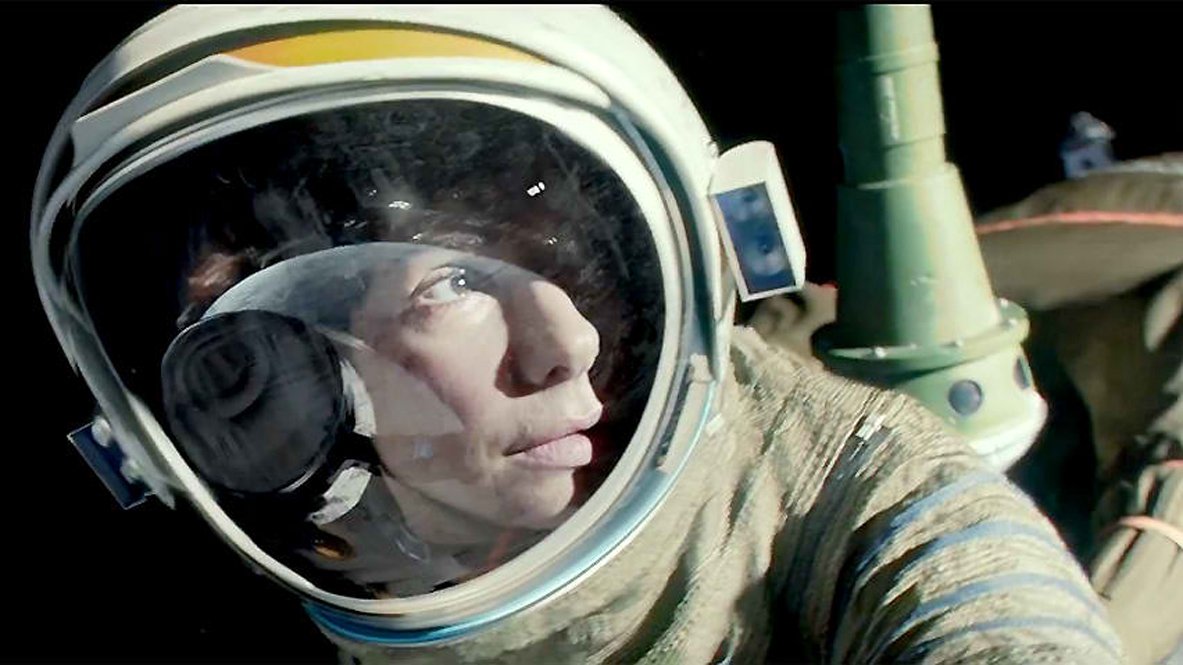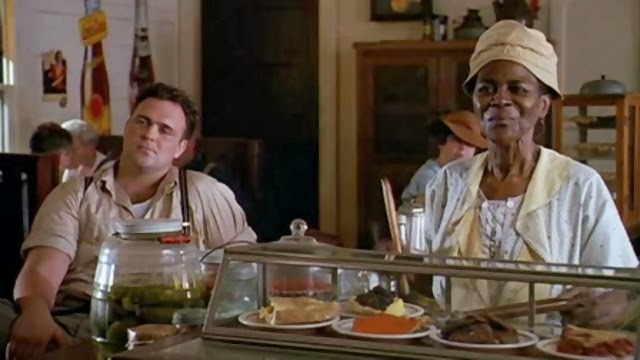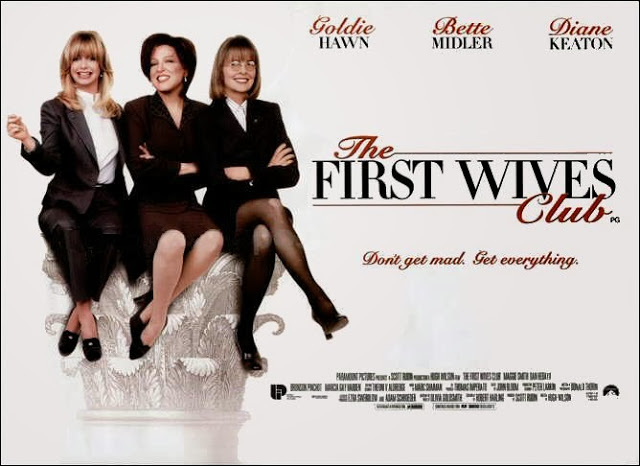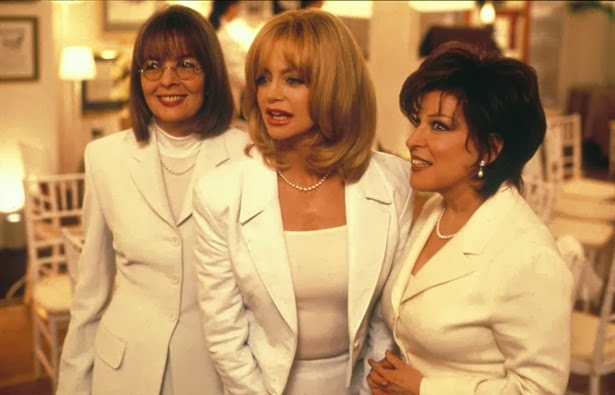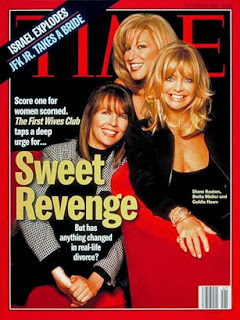Um… spoilers for Battlestar Galactica.
What Battlestar Galactica is
To recap for anyone who isn’t familiar with the show but still wants to hear about death, Battlestar Galactica (2004) is a remake of the original series, in which humanity lives on a ragtag group of spaceships because robots are trying to kill everyone. The robots are called Cylons, and they look like human people, and it’s a metaphor for how the Other is really the same as we are, and that’s a lesson we need to learn to make peace.
In practical terms, there are twelve models of humanoid Cylon and multiple copies of each. So, whenever a Cylon dies (with a few specific exceptions) he or she downloads into a new, identical body and gets to come back again.
The main story line is about how the ragtag band of humans tries to find a mythical planet called Earth with the Cylons acting (mostly) as antagonists along the way. There’s also a supernatural/religious element in which there are prophecies and angels, and God has a special plan to save both the humans and Cylons by making the most vile man in their number his prophet.
Laura Roslin is the president, Kara “Starbuck” Thrace is the hotshot viper pilot, and there are videos on YouTube that recap the first three seasons if you want to know what happens.
As other Bitch Flicks writers have previously discussed, there are a lot of really good, well-written, interesting female characters, human and Cylon alike. And almost every single one of them gets killed.
Teach the Controversy: What We Mean When We Say “All of the Women Die”
As the show was winding down in its final season, Slate ran an article by Juliet Lapidos called “Chauvinist Pigs in Space” that criticized several aspects of the way women are filmed and portrayed on BSG. Among other points, Lapidos argued that, “The main female characters are all dying, dead, or not human” and that this trend sent the unintentional message that “women…just can’t hack it when the going gets rough.” The piece prompted several responses, including this one from Slant, but Lapidos wasn’t the only one saying it; similar comments were popping up on message boards and blogs (by which I mean Live Journal, because that’s where we all hung out in 2009, amirite?), especially after the series finale aired, and both Starbuck and Roslin were down for the count.
One common response to Lapidos’ article, and to the more general complaint that so many women die on this show, is to either start listing all of the male characters who died – and, since the overall death toll on this series was high, it’s a very long list, or to argue that, hey, there are still cylon women alive at the end of the show, and they’re women, too, goddammit. The problem is that comparing the number of dead characters, or human versus Cylon characters, doesn’t get at the real issue. A better way to ask the question is, “Who, of all the characters on the show, was able to survive four whole seasons without getting killed?”
On the men’s side, we’ve got all three of the leads (William Adama, Apollo, and Gaius Baltar), several important secondary characters (including Chief Tyrol, Colonel Tigh, and Helo), and a few other randoms who we never got to know that well. On the women’s side, we’ve got more randoms and (probably) a minor character named Seelix who does not appear in the final episode.
That’s all.
All of the non-Seelix women we know, including all of the lead female characters, have died. The human women are gone, and every Cylon woman left standing at the end died on screen earlier in the series. Tyrol and Tigh are also Cylons, and they didn’t have to die ever.
While I don’t like her phrasing that much, I have to agree with Lapidos that there’s a sense in which this doesn’t sit well. A sense in which it seems like, intentionally or not, the show is telling us that capable women need to die, either as a warning to the rest of us (“the price for being good at things is that you won’t survive”), or as a way of making the audience feel safe around them. Sort of like how you feel safe at the end of a monster movie when the monster gets swallowed by lava – like, don’t be afraid! These women are not roaming the Earth, continuing to be really awesome. They’re dead, like Xena, and the threat is contained.
Um… spoilers for Xena: Warrior Princess.
On a personal note, as a woman who’s watching TV, it’s also just kind of a downer. Taken in the larger scope of what’s available, it’s so rare to find a TV show with so many great parts for women, so many characters who are interesting and smart and competent and vital to the stories they live in – that it’s kind of a bummer when all of them die.
That said, I do think there’s a case to be made for why this may not be a horrible choice, so…
Why This May Not Be a Horrible Choice
Like almost every TV show, Battlestar Galactica is a mixed bag when it comes to storytelling. Some of the women die stupid deaths, but some of them die pretty good ones that follow from actively participating in the world in which this story takes place.
Starting on the Bad Death side, the main example that Lapidos focuses on is Chief Tyrol’s wife, Cally, and how she gets murdered by Tyrol’s Cylon mistress on her way to commit suicide. That’s a fair death to focus on, because it’s probably the worst, especially when paired with the mistress’ murder (by Tyrol!) in the series finale, which was just a WTF moment that got buried in all of the other explosions and stories that came to a close.
After she’s married to Tyrol, Cally is almost completely defined by her relationship with him and, even before they get married, it sometimes feels like her only role in the story is be jealous because he’s with someone else. Her death happens firstly as a surprise switcheroo for the audience, and secondly as a way to complicate Tyrol’s relationship with his boring, boring mistress who was never that great of a character, either. The show does this last minute thing where it tries to take us inside Cally’s experience when she finds out her husband’s a Cylon, but it’s really too little, too late.
Also in the not-such-a-great-death category are popular secondary characters Dualla (who shoots herself in the head out of nowhere during the final season) and Kat, who gets a very special, very manipulative episode all about her, so that we can learn about her backstory and feel bad when she gets radiation poisoning, which she gets by addressing a problem that also only exists in that one episode.
In fairness to the show, though, there are plenty of pointless, annoying, cannon fodder, and/or emotionally manipulative deaths to go around for both men and women. Starbuck has a dead boyfriend who exists only to create tension between her and Apollo, and she’s lost some male pilots just so she’ll feel bad about what a crap teacher she was. Roslin’s sidekick Billy gets offed pretty randomly when he no longer serves the story, and the whole point of his death is to show us that Dualla and Apollo were mean to him on the last day that he was alive (and he was too gentle to live in this world, or something).
That said, because all of the women die, it makes sense that viewers would take a more critical attitude to examining how they die and to what purpose in the story.
And that’s where it starts to seem like it might not be a horrible choice because, while some of the women die stupidly, a lot of them die because women are the do-ers of Battlestar Galactica. They’re making things happen; they’re driving the story, and, when the supernatural element rears its head, they’re the prophesized saviors of the human and Cylon race.
Like a lot of militaristic stories, Battlestar Galactica measures its characters’ heroism partly through their capacity to suffer, both physically and emotionally. And unlike a lot of stories, BSG splits its heroic suffering pretty evenly between its male and female characters.
Starbuck is the action hero of the story – she goes on the dangerous missions, she gets the crap kicked out of her by robots, she has a tragic backstory with a dead boyfriend and an abusive mother, and she has a special destiny that requires her to sacrifice herself to save the people she loves. Roslin finds out that she has terminal cancer on the same day that she becomes President, and in order to lead, she has to overcome the fear that she feels for herself. During the last season, her body is falling apart just like the Galactica is falling apart, like tenuous hopes for the future are falling apart, and the question is whether any of those things will hold together long enough to find Earth. She and the beat-up old spaceship are both trying to complete their final missions by bringing the people to Earth.
Starbuck and Roslin are two of the most important characters on the show, and one could make the argument that, along with Gaius Baltar, they make up a trinity of the most important characters on the show, in terms of moving the primary story line forward. They die in the process, but it’s part the heroic journey.
Even some of the other, more perfunctory deaths come from a pretty strong place. Admiral Cain is there for three episodes before she bites it, but her character is right at the center of everything and killed as a direct result of the choices she makes as a leader (to place revenge above everything else). Athena, a Cylon, has her husband kill her so that she can download into another body on a Cylon ship and rescue her kidnapped baby – it’s pretty badass. Ellen Tigh gets murdered for betraying the humans to the Cylons. D’Anna Biers dies multiple times while investigating the identities of the final five Cylons (who are unknown to the remaining seven). The list goes on. In a universe where lots of people die as the product of doing, many female characters die because they do something that affects the story.
This is one of those instances where everyone’s a little bit right. It’s legitimately kind of annoying that, in a story full of strong, well-written women, none of them but (probably) Seelix can manage to survive. The television landscape being what it is, it makes you wonder what’s going on there. At the same time, and without this cancelling out the annoyance, a lot of the women died because they were such good characters and because the show was fairly egalitarian in determining who would drive the story.
Personally, I wish that in those last, sweeping shots of the surviving characters standing on Earth, we had seen Cally, or Dualla, or Kat, or someone we cared about who was female and lived for four years. I wish that it seemed possible, in the BSG universe, to be female and live for four years. And that feeling exists side-by-side with my joy at having such great characters to begin with.
See also at Bitch Flicks: Women in Politics Week: “I Don’t Take Orders from You”: Female Military Authority as Represented by Admiral Helena Cain in Battlestar Galactica by Amanda Rodriguez; Reproduction & Abortion Week: Procreation at the End of Civilization: Reproductive Rights on Battlestar Galactica by Leigh Kolb; 10 Fascinating Female TV Characters Who Are Often Overlooked by Rachel Redfern
Katherine Murray is a Toronto-based writer and couch potato who yells about movies and TV on her blog.
